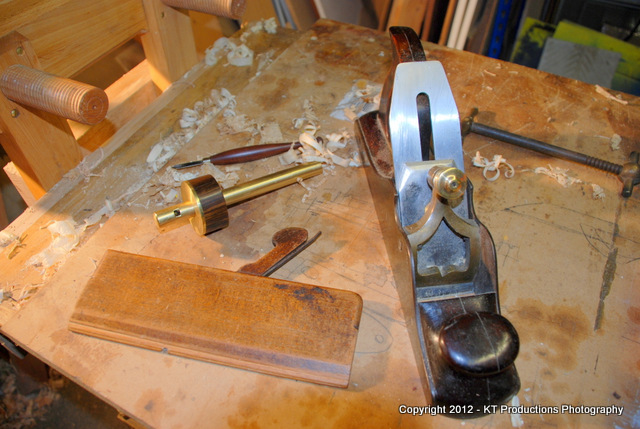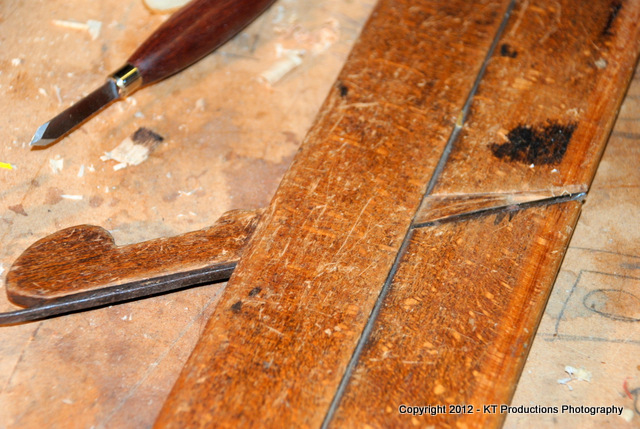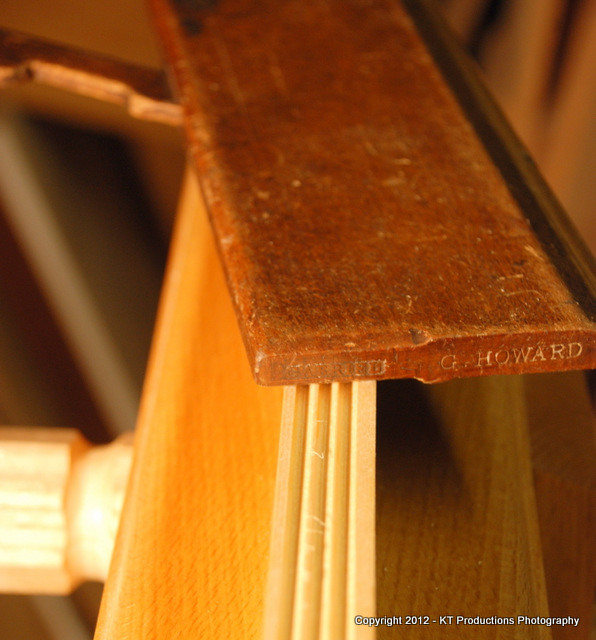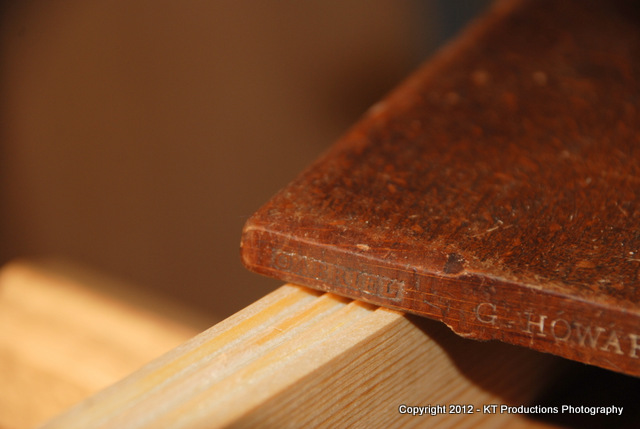jimi43
Established Member
Regular readers of the bootfair threads will have seen the little woodie I dug up last weekend...

I think it was once said that once I got into woodies...and stepped on the hollows and rounds slope...I would be lost on the Black Run forever...
Well...if you are going to go off piste...you might as well get decent skis...and this little angel is just wonderful! 8)

For something over 200 years old...this slab of beech bears the mark of a quality plane maker...someone who would walk the 200 miles from deepest Cornwall to London...to walk the streets of gold and come out the other side with most of it!
If you are into the Seaton chest...you will know that Ben's dad went shopping at Gabriel's for his son....and I can see why...he was an astute man.
So I grabbed another scrap of wood...marked a trio of score lines as guides on the edge and went off to play with this little gem...

Bearing in mind that I am no way a cabinet maker...I used no fence but my finger....and following a few score lines...I was amazed how true this tool performed....

If the sun shines this weekend...I have a few more boxes of woodies reserved for me to rummage through from the same source...and I think I might just find a "host" of these....I might even spend my budget on a few...but chances are this is probably the only appearance of an angel in Kent...outside Rochester that is! :wink:
I am slowly gathering a collection of tools that are just that bit special...to make an heirloom tool chest...and one thing's for sure...I will be using the tools that go in it......
Jim

I think it was once said that once I got into woodies...and stepped on the hollows and rounds slope...I would be lost on the Black Run forever...
Well...if you are going to go off piste...you might as well get decent skis...and this little angel is just wonderful! 8)

For something over 200 years old...this slab of beech bears the mark of a quality plane maker...someone who would walk the 200 miles from deepest Cornwall to London...to walk the streets of gold and come out the other side with most of it!
If you are into the Seaton chest...you will know that Ben's dad went shopping at Gabriel's for his son....and I can see why...he was an astute man.
So I grabbed another scrap of wood...marked a trio of score lines as guides on the edge and went off to play with this little gem...

Bearing in mind that I am no way a cabinet maker...I used no fence but my finger....and following a few score lines...I was amazed how true this tool performed....

If the sun shines this weekend...I have a few more boxes of woodies reserved for me to rummage through from the same source...and I think I might just find a "host" of these....I might even spend my budget on a few...but chances are this is probably the only appearance of an angel in Kent...outside Rochester that is! :wink:
I am slowly gathering a collection of tools that are just that bit special...to make an heirloom tool chest...and one thing's for sure...I will be using the tools that go in it......
Jim











